In the last few months I haven't run a lot because of the weather (hot and humid) and because of a crap ton of uni work for my thesis. Yesterday I finally managed to run a 10k after literally months. With respect to my usual form it was terrible, i run a 6:10min/km when usually I'm well below 5:45, but considering I had run like twice in the past month and a half and had been months since my last 10k I'd say it was a good result
RedBauble
I started using OpenTracks a couple years ago and ditched runtastic (i keep calling that, it's been adidas running for ages) when I discovered it made my runs public, with gps data and all, for the social features of their app. OpenTracks is FOSS, I got it from fdroid, the data stays on your phone, you do what you want with it. And most importantly it only tracks your activity, just that, no social media crap.
Then again if you don't want to track your runs just don't, I personally do it because I like to see my progression and to keep notes to myself on how/what/when i eat/sleep/etc effects my runs and stuff like that
In realtà anche codici e algoritmi sono brevettabili. Il caso che mi viene in mente è quello del Perlin Noise (vedi anche il Simplex Noise). Mi vengono in mente anche i vari codec video/audio tipo h264, per il cui uso si deve pagare la licenza. Su quest'ultimo sono meno sicuro riguardo lo stato del brevetto però.
Was it in "Ubik" that people had to pay a fee every time they wanted to use their domestic appliances or even open the door to their own house?
Not one in particular, just the first thing that came to mind since I use it a lot on linux. I even use NewPipe on android, didn't even remember it had an option to download
yt-dlp inside termux?
Baikal works wonders
Nah 85/90 degrees is perfect for the job. Much better and more uniform than a heatgun, let alone a hairdryer
Is that a motorola moto z2 play? I owned that phone and I used to disassemble it just like this!
Edit: saw in another comment that it's a z4. The camera did look strange for a z2 at a second glance
While I don't remember his name, I remember there was a Darknet Diaries episode about the researcher who first investigated the problem. The episode was very thorough, I liked it a lot. I also don't remember the name of the episode, so I guess this comment is kinda useless



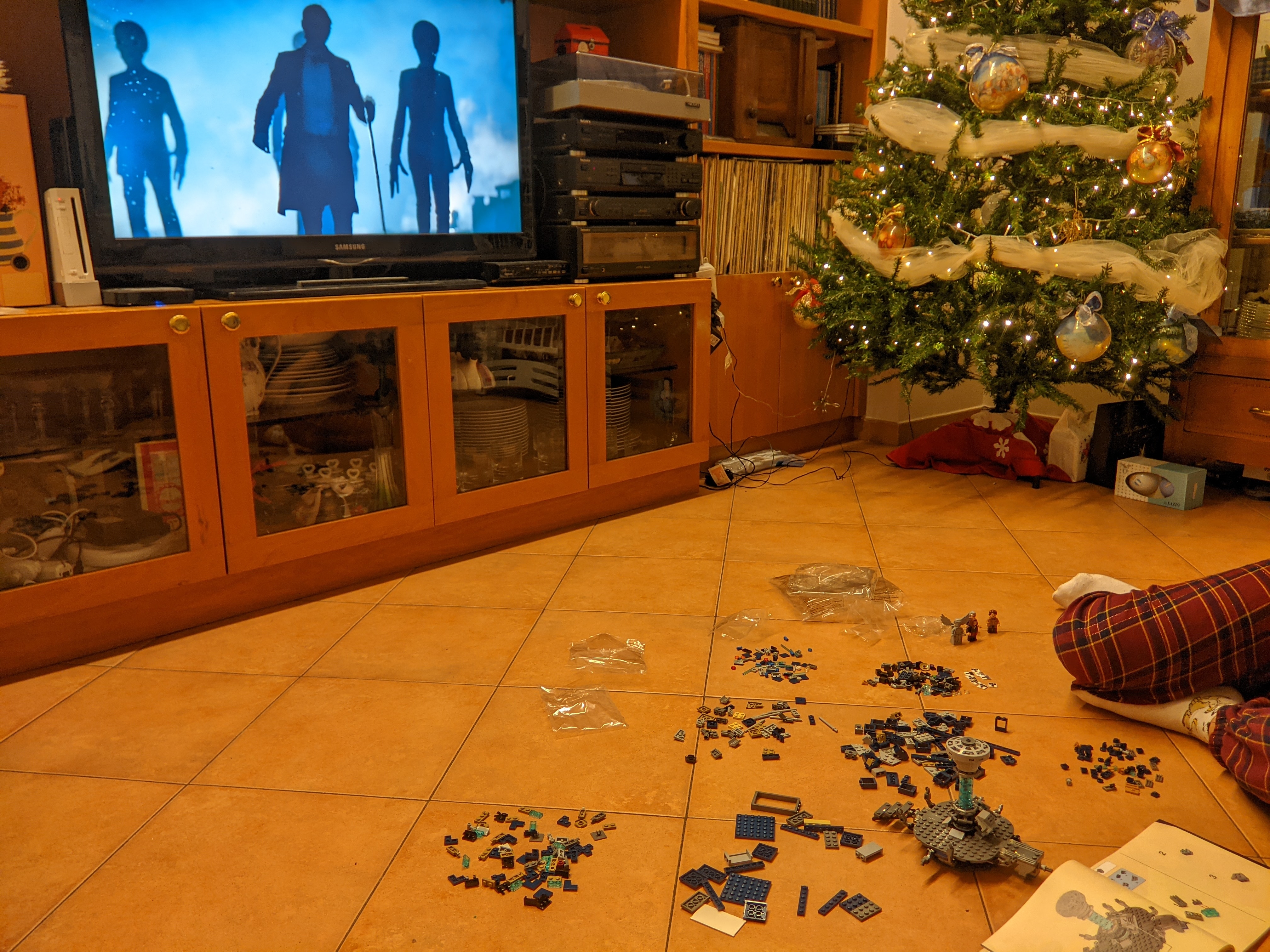
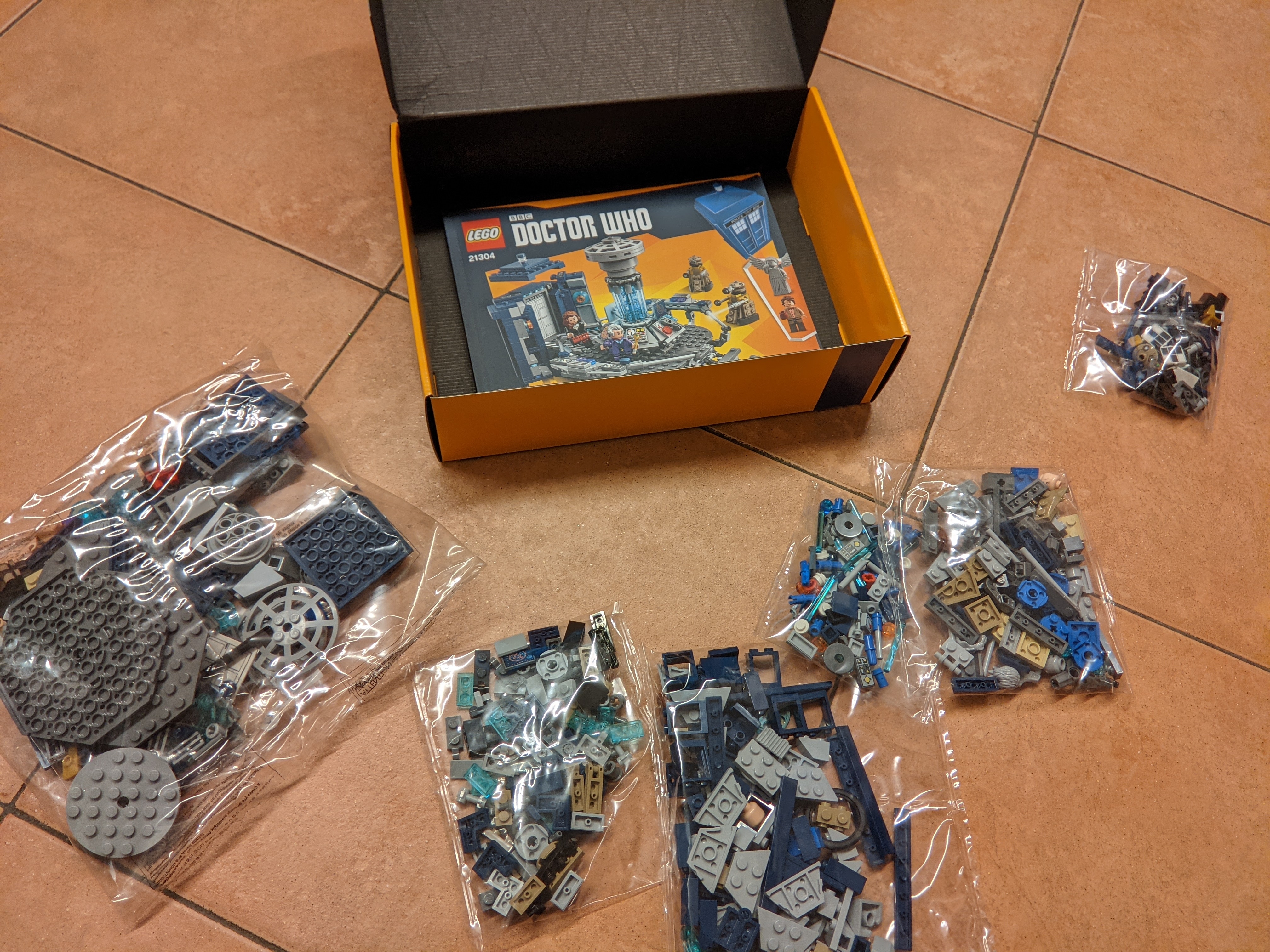
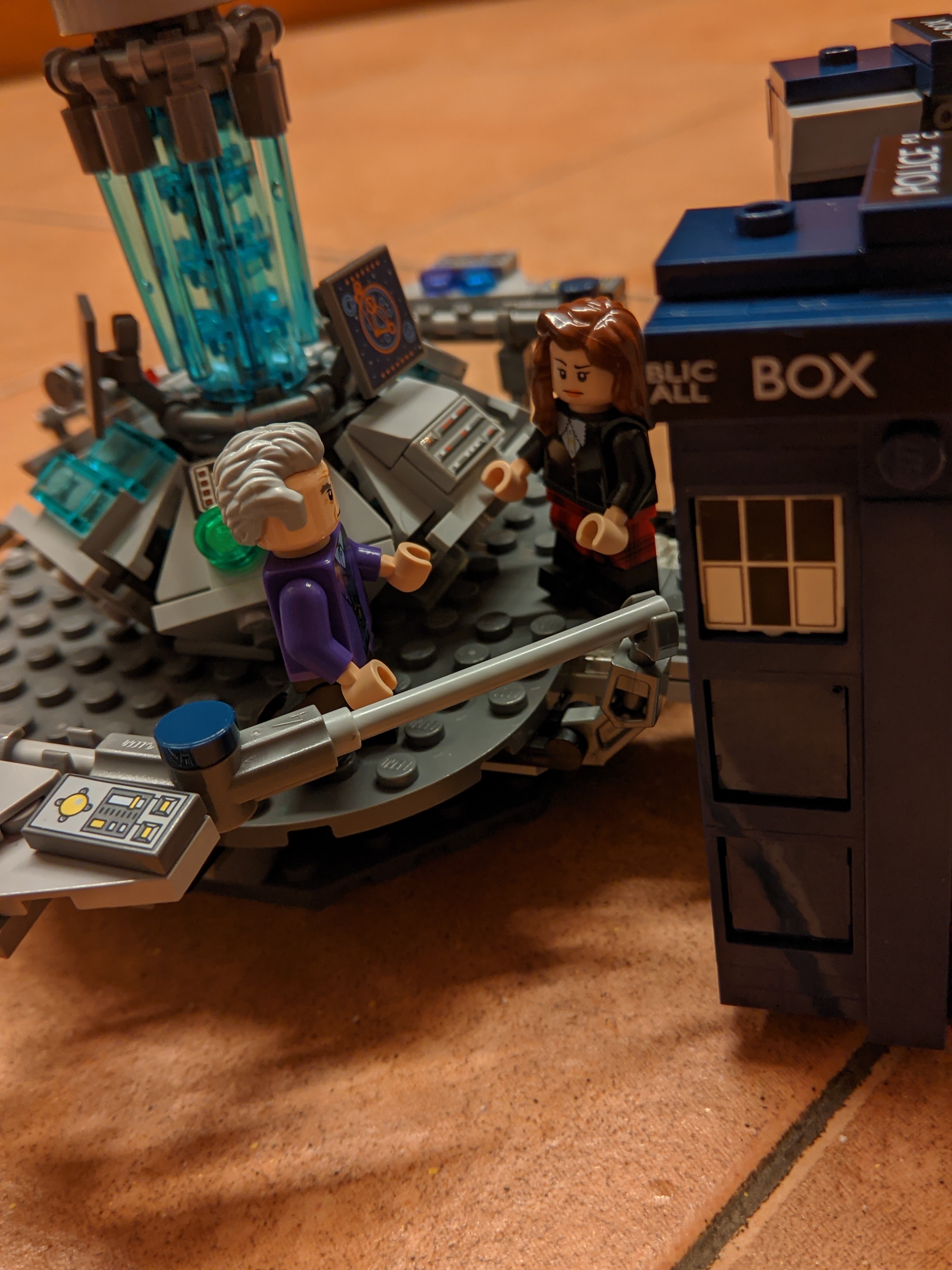
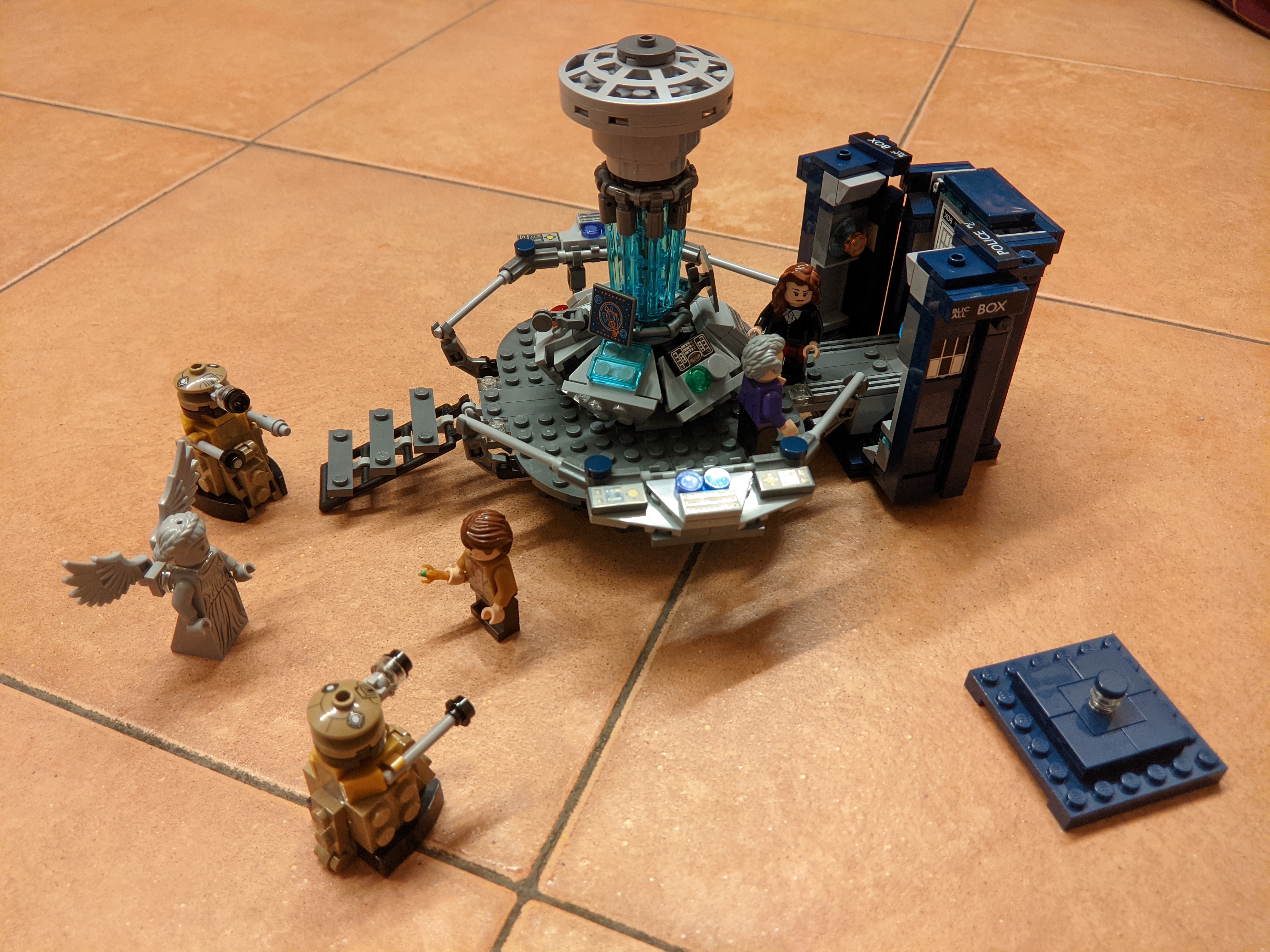
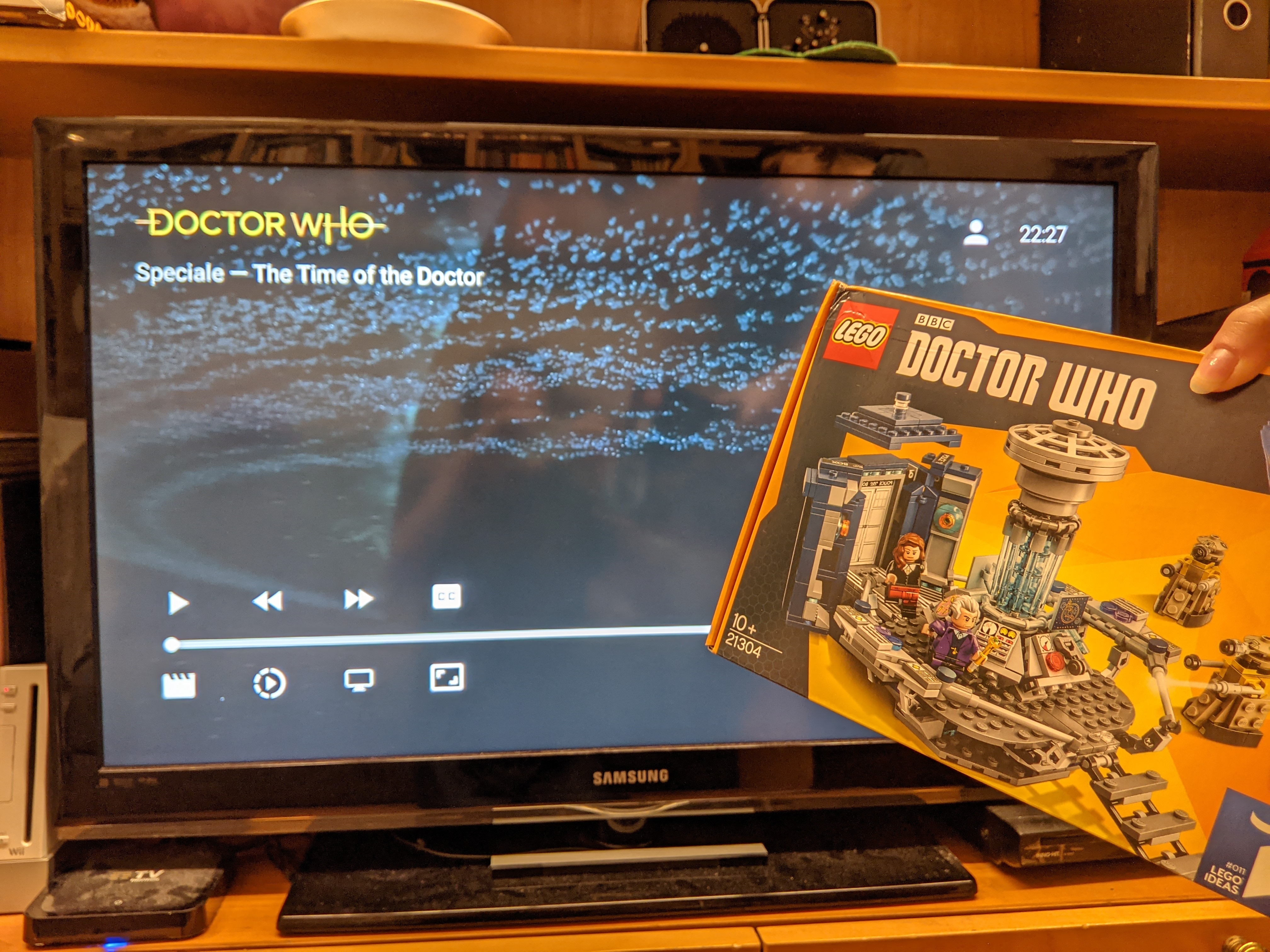
That's so cool, I almost forgot this game had a PC version. I uses to play it a lot as a kid, but I only 109%'ed it a coupleof years ago on the Wii. I guess it runs using Proton?